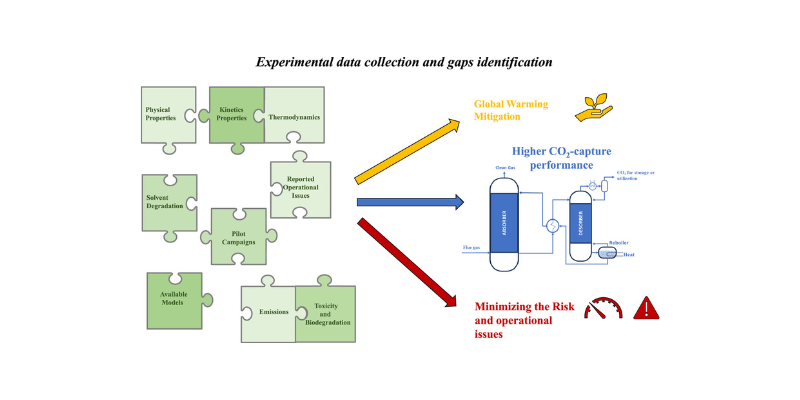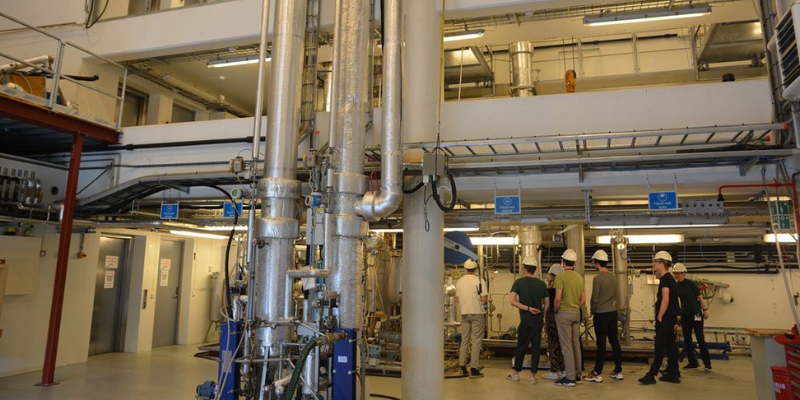
par Solène Fovelle | Nov 25, 2024 | Journal Publication
AURORA’s latest scientific journal publication provides experimental density and viscosity data on different unloaded and CO2-loaded aqueous blends of 2-amino-2-methyl-1-propanol (AMP) and piperazine (PZ) used for absorption-based CO2 capture. The paper also provides...

par Solène Fovelle | Nov 11, 2024 | Event
From October 20th to 24th, 2024, the AURORA project partners participated in the 17th International Conference on Greenhouse Gas Control Technologies (GHGT-17) in Calgary, Canada, where over 1,500 peers gathered to discuss the latest advancements in greenhouse gas...

par Solène Fovelle | Oct 28, 2024 | Event
We are excited to announce that the AURORA project, coordinated by SINTEF, will be prominently featured at the upcoming European Cement Decarbonisation Summit 2024 on October 31st. Representing SINTEF, Hanne Kvamsdal will present the project’s groundbreaking findings...

par Solène Fovelle | Oct 8, 2024 | Journal Publication
AURORA latest review paper, developed in collaboration with researchers from SINTEF and NTNU, provides a comprehensive analysis of the CESAR1 solvent system. It collects and evaluates existing experimental data, highlights knowledge gaps, and outlines the necessary...

par Solène Fovelle | Sep 24, 2024 | Milestone
We are excited to announce that the six-month CESAR1 pilot campaign has officially begun at SINTEF’s Tiller CO2LAB. Starting in the last week of August, this comprehensive campaign will play a crucial role in advancing carbon capture technology. The goal is to conduct...






